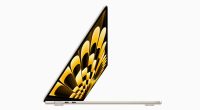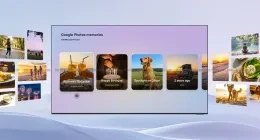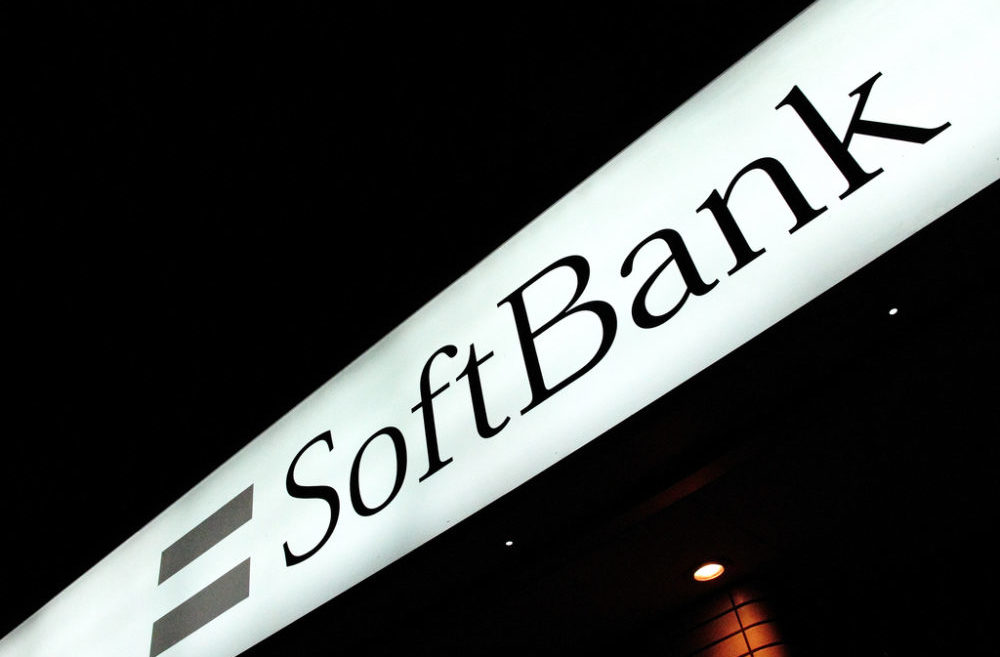Building onto literally years of anticipation, Apple finally unveiled ‘Apple Vision Pro’, its mixed reality headset, that by all means, looks yet another Apple product that could blow competition out of water. Aptly called the ‘Apple Vision Pro’, and embedded with spatial audio, ‘Eyesight’ and what not, the device seamlessly combines the virtual and physical worlds, features ultra-high-resolution displays that packs 23 million pixels across two displays, precise motion tracking, and exterior cameras, among others. It would not be a stretch to say that the headset turned out to be one of the cynosure of every eye at Apple’s annual developer conference.
“Today marks the beginning of a new era for computing,” said Apple CEO Tim Cook. “Just as the Mac introduced us to personal computing, and iPhone introduced us to mobile computing, Apple Vision Pro introduces us to spatial computing. Built upon decades of Apple innovation, Vision Pro is years ahead and unlike anything created before — with a revolutionary new input system and thousands of groundbreaking innovations. It unlocks incredible experiences for our users and exciting new opportunities for our developers.”
With Apple’s entry into the mixed reality market, a battle for dominance between two tech giants— Apple and Meta— now unfolds. While Meta has established a head start with its AR/VR headsets and its position as a social media behemoth, Apple’s brand recognition and customer loyalty give it a considerable advantage. Apple’s superiority over literally any other player in the hardware space, also adds to its advantage. According to Cook, the Apple Vision Pro will focus on gaming, work, communication. Cook says this device will introduce the world to spatial computing.
Much like Meta’s Quest 3 (which was officially launched last week) and the previous Quest Pro, Apple’s AR/VR offering is expected to be a sensational device. And unlike Meta’s Quest, when you first put the Vision Pro on, you see the real world first. Apple markets the device as the “first Apple product you look through, not at” and as a device that “seamlessly blending the real world with the digital world, transforming what’s possible.” Vision Pro works with Bluetooth accessories as well, and can be synched with iPhones, Macs, or iPads.
Vision Pro, apps, and Vision OS
Donning the Vision Pro will take users to the Home view, which is basically a set of icons with Apple’s most used apps, including Mail, Music, Messages, and Safari. They can then control it with eyes, hands and voice and use the apps – which are projected to the real world – anywhere they want. There is a virtual keyboard as well. Apple also noted that it is bringing a new feature called EyeSight, wherein other people can see the eyes of someone wearing the Vision Pro when they are looking at them, and Apple notes that is to help signal when someone is busy or available. The mixed-reality functionality of the Vision Pro will clear to show them that someone is nearby in such cases. There is also an entirely new app store for the Vision Pro, which will show iPad apps that will work well on the headset as well.
Furthermore, Apple notes that the Vision Pro will have its own operating system – the aptly-named Vision OS. From the looks of it, it includes several elements of macOS, iOS, and iPadOS, and ensure that the Vision Pro is capable of displaying digital elements on top of the real world. And additionally, the mixed reality headset also sports a new feature known as Optic ID. Apple notes that it scans the iris of the user and stores it with encryption on the device itself to unlock the device and enable Apple Pay.
Apple Vision Pro and Disney
Apple’s Mixed Reality Headset represents a fusion of the virtual and physical worlds, allowing users to immerse themselves in a captivating blend of computer-generated environments and real-world interactions. By leveraging advanced technologies, including high-resolution displays, precise motion tracking, and spatial audio, the headset creates an unparalleled sense of presence and realism. With the device, users will find themselves at the forefront of this exciting technological frontier – whether it be exploring breath-taking virtual landscapes or collaborating with friends in shared augmented spaces. From the looks of it, the device is perfect to play games, watch sports, FaceTime friends, or even watch TV shows and movies via the movie theater option that offers the image of a full and large screen.
In fact, to bring a large library of shows and films to the Vision Pro, Apple has joined forces with Disney to ensure that the entertainment conglomerate’s Disney+ will be available on the mixed reality headset at launch. “We’re so proud to yet again be partnering the greatest storytelling company in the world with the most innovative technology company in the world to bring you real life magic,” Disney CEO Bob Iger commented. “These are just a few of the ways we can bring Disney into your world with Apple Vision Pro and we’re looking forward to sharing more in the coming months.”
Vision Pro: How does it look?
With an elegant design that merges a glass front and an aluminum frame, the mixed reality headset exudes a sleek and modern aesthetic. Its sophisticated construction houses an impressive array of components, including five sensors, 12 cameras, a high-quality display, and a fan-cooled computer. In terms of user comfort, the headset prioritizes customization and adaptability. The cloth-lined mask and strap are modular, allowing for a personalized fit that accommodates various face shapes and head sizes.
Apple is not forgetting those who wear glasses, either, and is bringing specialized optical inserts that magnetically attach to the lenses, ensuring a seamless experience. The headset also features a convenient external battery that can power it for up to two hours, and its “supple woven cable” design ensures that users can easily store it in their pocket. Coming to chipsets, Apple notes that the mixed-reality headset runs on the M2 chip paired with the R1 chip. The M2 chip is in charge of handling the processing needs, while R1 helps to make the apps and services more immersive to users.
Cost
The Apple Vision Pro will start at $3,499 and will be available in early 2024, starting with select regions.
The Tech Portal is published by Blue Box Media Private Limited. Our investors have no influence over our reporting. Read our full Ownership and Funding Disclosure →






